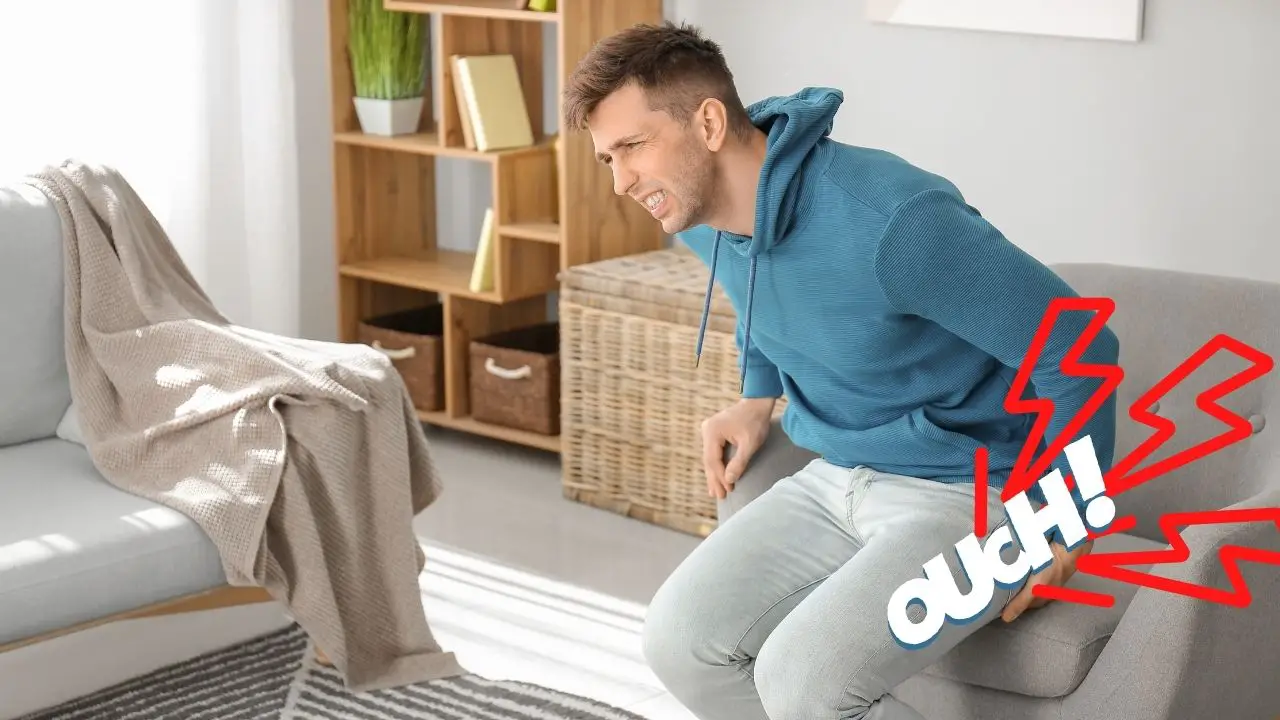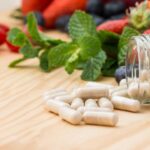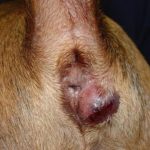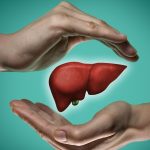The haemorrhoidal pathology can cause annoying Hemorrhoids painin the anal and perianal area. The pains from inflamed hemorrhoids can compromise our daily life, slowing down and making our habits difficult. Here’s what to do to try to alleviate the unpleasant symptoms.
Why do we feel pain? Differences between internal hemorrhoids and external hemorrhoids
Pain from pathological hemorrhoids are generally attributable to the inflammation of external hemorrhoids, located around the anal orifice and rich in nerve endings.
Internal hemorrhoids, on the other hand, do not cause pain, since they are located in the upper part of the rectum, an area without nerve endings. The internal hemorrhoidal cushions, however, can cause discomfort and painful sensation, especially at the time of evacuation, when they prolapse out of the anal canal.
Five steps to relieve discomfort from inflamed hemorrhoids
- We practice lukewarm water baths. To obtain a beneficial effect that relieves hemorrhoid pain, we practice a sitz bath. We completely immerse the anal area in warm water for about ten minutes. Warm water induces relaxation of the perineal muscles, reducing congestion, improving circulation in the haemorrhoidal blood vessels and facilitating venous return.
- We use a rectal cream. We apply the product locally, to reduce bothersome symptoms, especially in the acute phase. A rectal cream with a triple anti-inflammatory and anti-itching action (to reduce swelling, pain and itching), local anesthetic (against pain and itching) and anticoagulant (to prevent blood clot formation) can promote the remission of symptoms. For a drug-free approach you can use a gel for external hemorrhoids for local use with a triple soothing, emollient and regenerating action, to alleviate the symptoms of hemorrhoids and promote the natural tissue repair processes.
- We take in water and fiber. It will be appropriate to introduce a balanced intake of fiber in our diet in relation to constipation and diarrhea, two of the predisposing factors for haemorrhoidal disease. Consuming fruit, vegetables and drinking at least 1.5 liters of water a day will promote intestinal motility and make it easier to expel feces.
- We support the urge to evacuate. Let us not hold back, as forcibly containing the feces would increase the pressure on the anorectal area, with a consequent worsening of the local situation.
- Let’s take a 20-30 minute walk. Practicing moderate physical activity will promote venous return and help improve blood circulation, relieving the pressure on the haemorrhoidal vessels.






